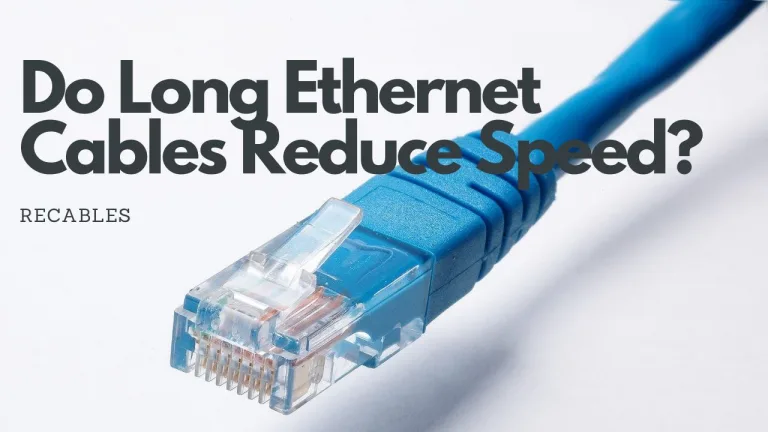Crossover vs Straight Through Cable
Trying to decide between straight and crossover cables but not sure what the difference is? We’ll explain the differences between these two most common types of twisted pair cables, and which one is right for your Local Area Network (LAN).
They have different purposes so let’s start by taking a look at their wiring order and see how they differ.
568A and 568B Wiring Standards

When it comes to twisted pair cables, there are two main wiring standards in use. They are 568A and 568B. The difference between the two standards is the wiring order – instead of green wires in the 2nd and 3rd position, orange wires are used instead.
568A standard cables are wired in the following order: white/green, green white/orange, blue, white/blue, orange, white/brown, and brown.
568B standard cables on the other hand, is wired in the following order: white/orange, orange, white/green, blue, white/blue, green, white/brown, and brown.
Does it matter which standard you use? Not really, although in the U.S., most people tend to use the B standard.
Straight Cables vs Cross Cables
Now that you know a little bit more about wiring standards, let’s move on to the difference between straight and cross cables.
What are straight cables?
Straight cables are cables where both ends of the cable are wired using the same standard. It doesn’t matter whether both ends are using the A standard or B standard. As long as they’re the same, then it is a straight cable. You might have heard the term ‘patch cable’. Well, straight cables are the same as patch cables.
Straight cables are the most common type of cables in networks and they’re used to connect devices that aren’t the same together because they allow the signal to be passed through from end to end. So, if you want to connect your modem to your router, you would use a straight cable. If you want to connect your computer to a modem, you would use a straight cable.
What are crossover cables
Crossover cables are cables that have different wiring standards on the ends of the cable. One end would be wired using the 568A standard and the other end would be wired using the 568B standard.
Crossover cables are used to connect similar devices together. So, if you wanted to connect two computers together directly without a switch in between, you would use a crossover cable. Another example would be connecting one switch directly to another switch. As mentioned earlier, crossover cables are less commonly used in networks.
Summary
The difference between straight and cross cables is down to whether they use the same wiring standards at both ends or not. Straight cables use the same wiring standard at both ends while cross cables have different wiring standards on both ends.
For practical purposes on when to use which type of cable, if you’re connecting devices that aren’t similar, use a straight cable. If you’re connecting two similar devices, then you should use a crossover cable instead. When choosing which Ethernet cable to buy, straight vs cross is only one factor. Other factors to consider include the length of the Ethernet cable and which CAT the cable is.








One Comment